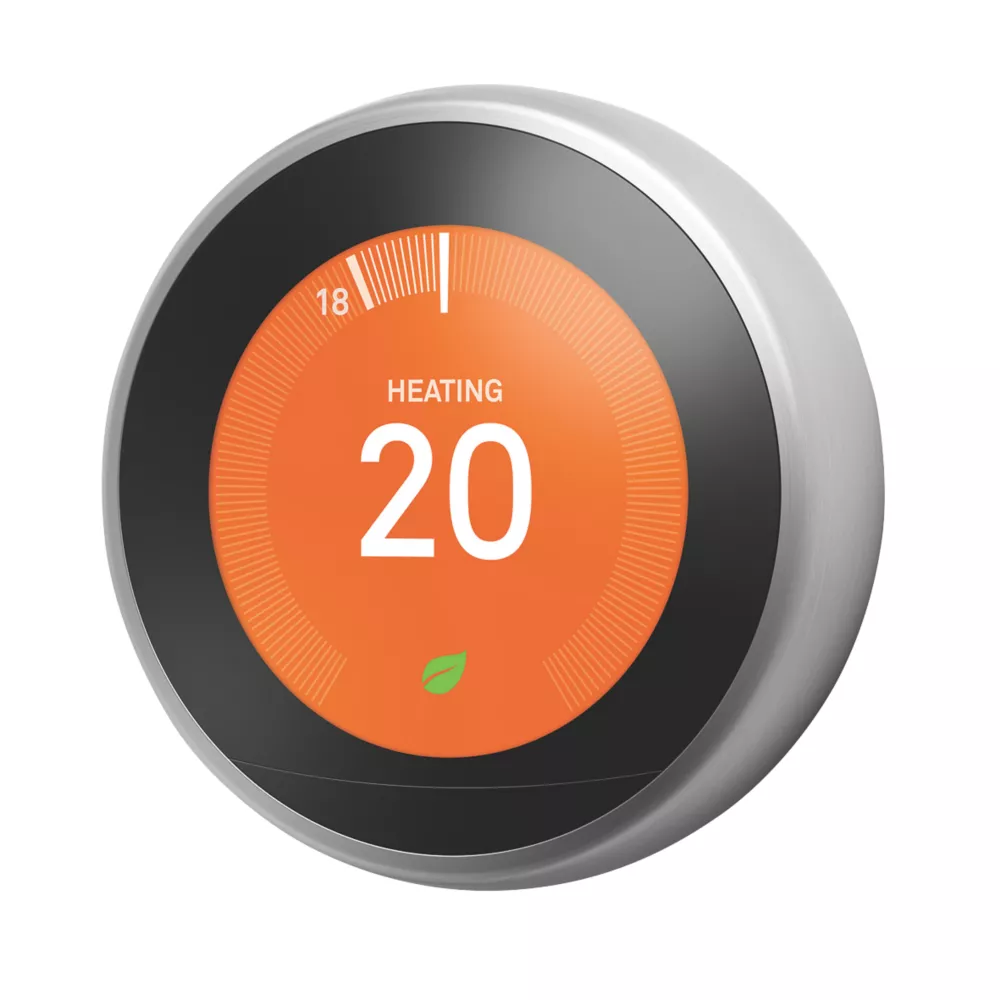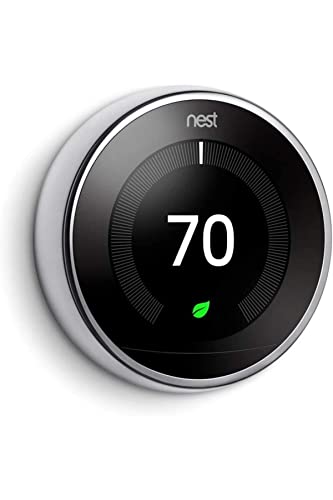Energy saving tips: 13 ways to save money this winter
Explore these energy-saving tips to help you navigate rising heating costs and reduce your bills
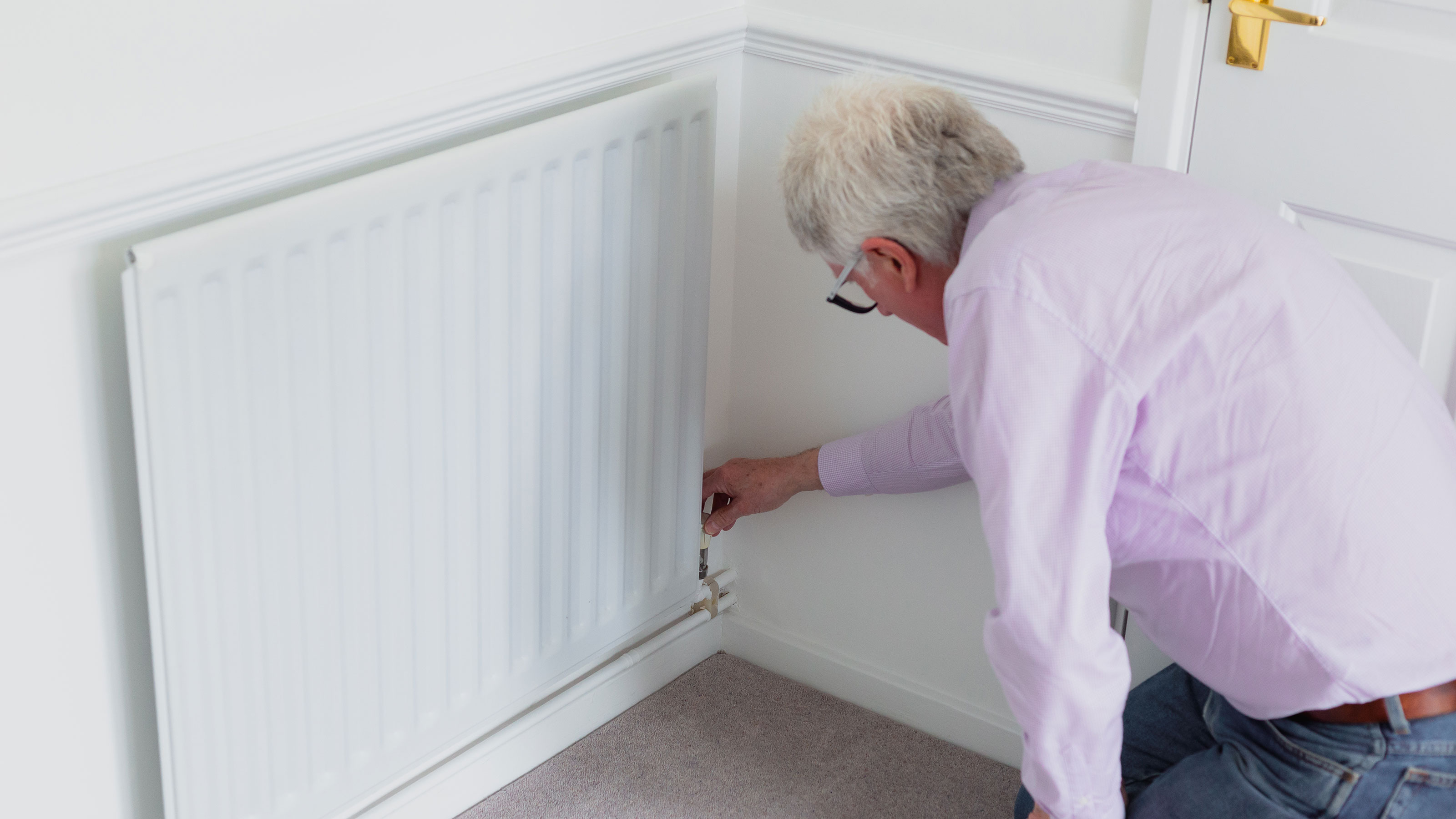
- 1. Address bill payments
- 2. Gain financial assistance
- 3. Identify heat loss
- 4. Don't leave plug sockets on
- 5. Check your boiler
- 6. Install draught proofing
- 7. Make your home smarter
- 8. Install heating controls
- 9. Make your radiators more efficient
- 10. Consider investing in long-term measures
- 11. Check for home improvement grants
- 12. Get a smart meter
- 13. Lower your thermostat
With energy prices reaching record highs, managing household heating costs has become a top priority for millions.
For those in energy-inefficient homes, or anyone concerned about rising bills, a practical approach to combat energy price rises.
This guide offers a straightforward, 13-step plan packed with expert advice and actionable steps to reduce your energy use, minimise heat loss, and tap into potential savings – without sacrificing warmth and comfort.
1. Address your bill payments immediately
This might sound like an obvious point, but if you haven’t already, make sure you ring up your energy supplier to confirm what your payments will be for the next few months, and confirm when your fixed tariff ends (if that’s the tariff you’re on).
You can also ring your supplier to enquire about switching to a new energy deal to lower your bills, or move to another provider instead. Just be sure to analyse each company’s exit fees, and opt for one that won’t charge the earth if you want to leave.
2. Check if you’re entitled to financial assistance
It’s worth checking any benefits you may be entitled to, either through your individual wage or total household income. Living alone, for example, is one way you can claim financial assistance.
Nick Drewe, Founder from online discounts platform WeThrift, says: “If you didn’t already know, living alone allows you to take advantage of a 25% discount on your council tax bill, saving you hundreds of pounds a year, making a particular difference when prices go up.”
Fuel poverty grants are available such as the Warm Home Discount Scheme and Winter Fuel Payment, although these have been restricted.

Nick Drewe, a retail expert from the online discount platform Wethrift, has shared a collection of tips to help you maximise your savings while shopping online.
3. Identify heat loss in your home
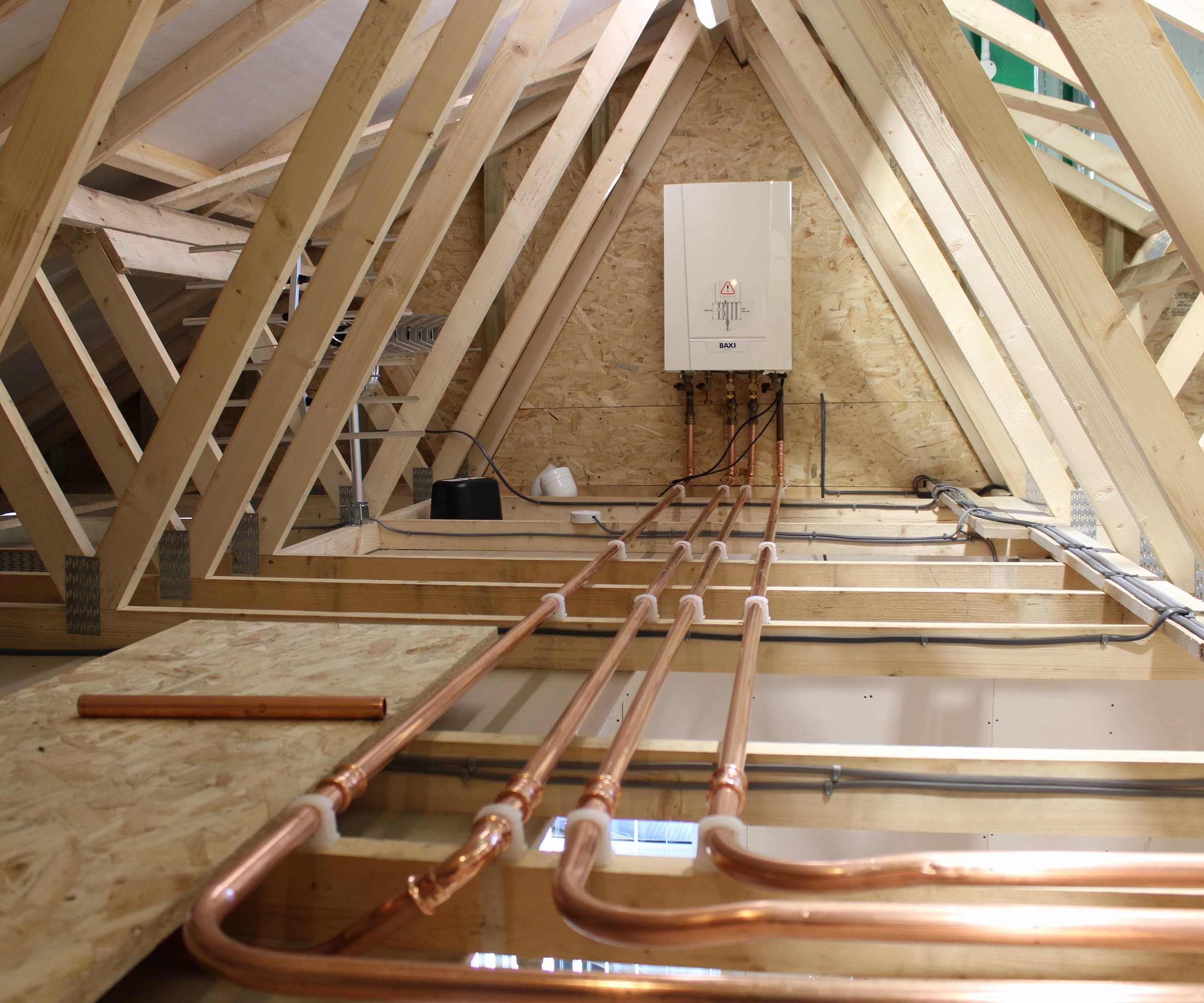
There are several ways heat loss in a house happens, including through your roof, windows, floor and walls. This can cost homeowners an average of £55 extra per year on their bills, according to MyJobQuote.
Paul Spence, Technical Manager for Heatly, advises that “the most important thing you can do to keep warm and save on your energy bills is to prevent heat escaping from your home.” He suggests three main strategies:
- Seal draughts: “Stop cold air coming in (and warm air going out) by preventing draughts,” says Spence, recommending inexpensive draught exclusion strips that are easy to apply around door and window frames.
- Insulate the loft: Spence explains: “Most of the heat is lost through the roof, so the loft is the most important part of your home to keep warm.” He advises installing at least “300mm of mineral wool” in the loft and laying it carefully between rafters to fill all gaps.
- Insulate floors, walls, and ceilings: Spence notes that “this can be more tricky, depending on your house type, and you may need to call in an expert.” However, he adds that homeowners with wooden floors “might be able to have a go at insulating themselves” by lifting floorboards, laying insulation roll, and replacing the boards. Alternatively, “insulation board can be fitted directly underneath flooring.”

Paul emphasises the importance of ensuring heat pumps are properly specified and installed. He offers support to heat pump owners and installers through his Facebook group, Heat Pumps U.K., where more than 10,500 members—ranging from consumers to industry professionals—come together to ask questions, share insights, and provide mutual support for their heat pump projects.
4. Don't leave plug sockets on
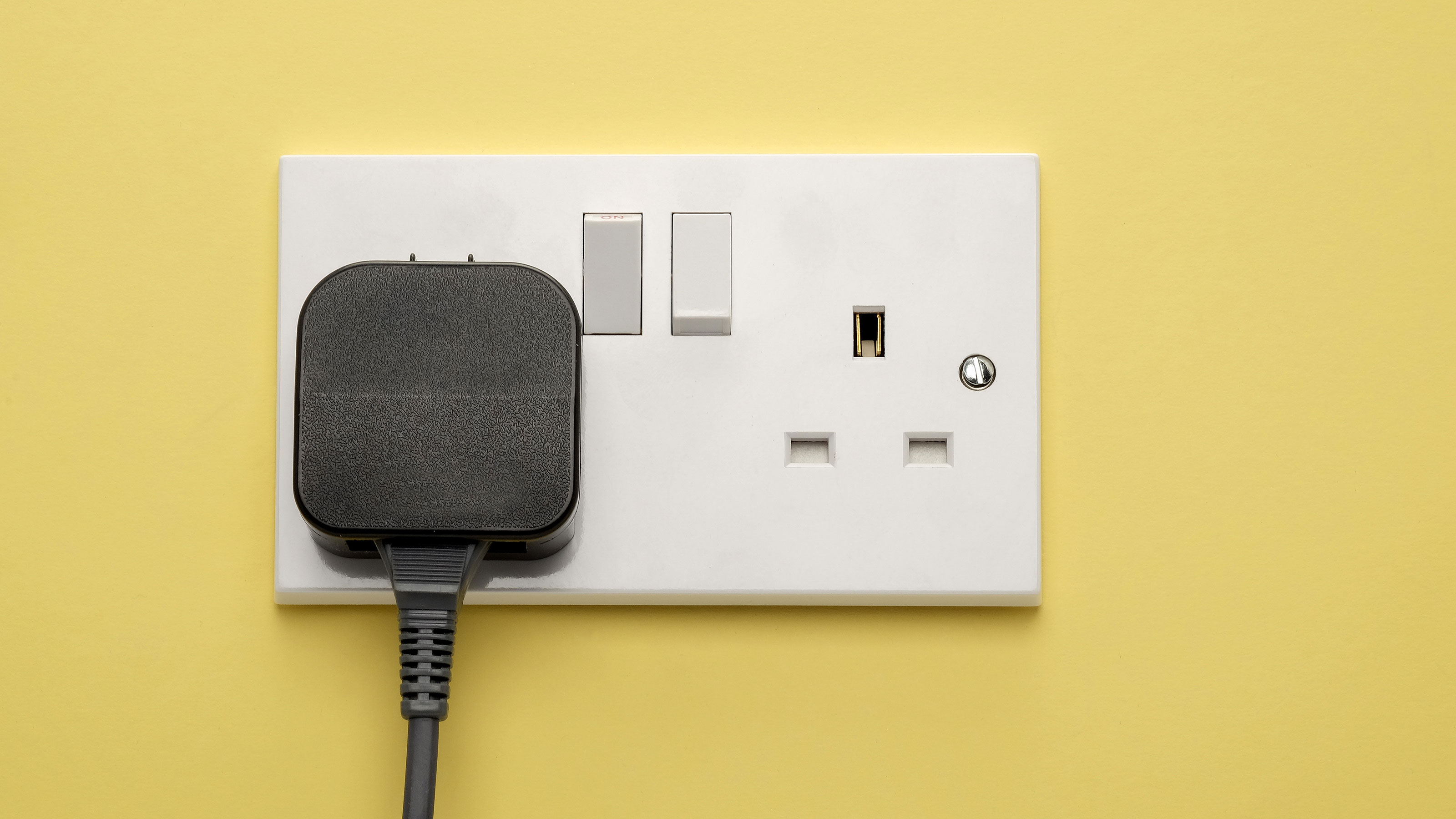
This is another obvious tip, but one that we're all likely to have done. Plug sockets which are left on when not in use are known as energy vampires and will still use energy. And this can add up.
Leaving devices on at the wall such as laptops, smart speakers and broadband routers can cost the average household an extra £147 a year, according to British Gas.
5. Check your boiler is working efficiently
Making simple changes to your boiler can help you save on your energy bills, particularly if you own an older boiler.
A campaign called #KillaKilowatt encouraged homeowners to drop the temperature flow on their boilers to 60°C - most factory-made boilers have the temperature flow set around 75°C - which will essentially help your boiler to achieve higher efficiency.
It does this because at 60°C your boiler is more readily able to condense water vapour and recover latent heat from this vaporisation, which would otherwise have been lost up the flue.
You can also check your boiler pressure to make sure it’s between 1-2 bars, the ideal pressure for a boiler. “Both low and high pressure can mean problems with heating your home efficiently, resulting in cold spots across the home and costing more money than necessary,” says Jenkins.
6. Install draught proofing
Cost-effective measures such as adding draught proofing can be a cheap and quick way to help your home retain heat; it can also improve your home’s thermal efficiency.
You can add draught proofing around doors, windows, floorboards, which can save you around £30 a year, while draught proofing an unused chimney can save you roughly £20 a year, according to the Energy Saving Trust.
7. Make your home smarter
The greater-value improvements generally come from making long-term investments in your energy efficiency (which we’ll cover later in this article), but there are some quick, affordable ways to make your home smarter which will have a positive impact.
For example:
- Swap to LED light bulbs - this could save an average of £100.03 in two years, according to the EST
- Use smart plugs - homeowners waste around £80 a year through leaving appliances on standby, the Energy Savings Trust says, but using smart plugs and switching appliances off through your phone (even when you’re not at home) can help you prevent this wastage.

8. Install heating controls
Most heating controls can be easily integrated into your home without replacing your boiler, and let you control the temperature in each room. Many offer energy-saving functions as well.
Energy efficiency expert Tim Pullen, writing in the December 2021 issue of Homebuilding & Renovating magazine, explains: “Arguably one of the best things we can do is to upgrade our heating control system so that rooms are heated at the time and to the temperature we want, and not wasted on rooms we are not currently using.”
Most heating controls cost between £200 and £250, although some prices include installation and some don’t. In terms of cost-saving, Nest says its thermostat can save a semi-detached home 3-5,000kWh per year (£135-225), based on use of the various setbacks and ‘away’ settings that Nest provides.

Tim is an expert in sustainable building methods and energy efficiency in residential homes and writes on the subject for magazines and national newspapers.
Smart thermostat deals
9. Make your radiators more efficient
Learning how to bleed a radiator can help to release air trapped in your central heating system, making your radiators more efficient and prevent cold spots being created.
You could also consider investing in a thermostatic radiator valve. As Winston Davis, director of Avenue Heating explains: "These essentially allow you to regulate the temperature of each individual radiator in your property. It’s predominantly used to reduce your fuel - thus saving on your bills."
10. Consider investing in long-term measures
"Long-term measures will help to reduce your reliance on any kind of fuel, which will help you get onto the path of a long-term retrofit, even if it's just small steps at a time," says Paul Testa, founder of Paul Testa Architecture and contributor to Homebuilding & Renovating,
Making sure your home has efficient insulation is a good starting point. Insulating floors, insulating your loft and insulating your roof can all improve your home's energy efficiency.
Replacing your heating system with a low-carbon heating system, such as heat pumps or a biomass boiler can make a big difference over time too. However you may initially need to improve your home’s thermal efficiency and upgrade your electricity in order for a heat pump to work efficiently.
You can also make the following improvements to your home:
- Install solar panels
- Install secondary glazing
- Install an MVHR system
11. Check if you’re eligible for home improvement grants
Finally, if you’re considering making some long-term improvements to your home, check to see whether you’re eligible for any government grants.
There are insulation grants, such as Eco4, that some homeowners can apply for, as well as Boiler Upgrade Scheme, which helps households get up to £7,500 off the price of a heat pump.
12. Get a smart meter
A Smart Energy GB spokesperson said: “If you are looking for ways to help manage your energy use this winter, consider requesting a smart meter installation. Smart meters are installed at no extra cost by your energy supplier and come with an in-home display that shows you how much energy you’re using and what it’s costing you.
"More and more Brits are using this extra information to help reduce their energy use day to day, which can have a noticeable positive impact on energy bills in the long run.
“Smart meters can also open up access to tariffs and schemes that reward households for using energy flexibly, and help Britain make the most out of renewable energy sources.”
13. Lower your thermostat
Mike Thorton, CEO of the Energy Savings Trust, says lowering your thermostat could make significant saving on your bills.
He says: “If you’re feeling warm enough, lowering your thermostat from 22°C to 21°C can save you £90 annually. The World Health Organisation advises that the most comfortable temperature range for most people is between 18°C and 21°C."
As well as the temperature he says: “Remember that room thermostats need a free flow of air to sense the temperature, so they should not be blocked by curtains or furniture, or placed in direct sunlight or near heat sources that could give them false readings. It’s usually best to fit the thermostat in a room that is heated most of the time, such as a living room, or in a central space like a hallway as this gives a good indication of the temperature of the whole home.”

Mike Thornton became chief executive of Energy Saving Trust in April 2020, having joined in 2002 as head of the Scottish team and later serving as group director of operations. He also serves on the strategic board of Heat and Energy Efficiency Scotland, an agency established by the Scottish Government to advance climate-friendly heating and energy efficiency in Scotland’s buildings.
By implementing these practical energy-saving tips, you can not only lower your heating costs but also contribute to a more sustainable future.
Remember, every small step counts towards a more energy-efficient home. Whether you choose to make immediate changes or plan for long-term improvements, you're on the path to greater savings and comfort.
Stay informed and proactive, and let these strategies guide you through the challenges of rising energy prices.
Get the Homebuilding & Renovating Newsletter
Bring your dream home to life with expert advice, how to guides and design inspiration. Sign up for our newsletter and get two free tickets to a Homebuilding & Renovating Show near you.

News Editor Joseph has previously written for Today’s Media and Chambers & Partners, focusing on news for conveyancers and industry professionals. Joseph has just started his own self build project, building his own home on his family’s farm with planning permission for a timber frame, three-bedroom house in a one-acre field. The foundation work has already begun and he hopes to have the home built in the next year. Prior to this he renovated his family's home as well as doing several DIY projects, including installing a shower, building sheds, and livestock fences and shelters for the farm’s animals. Outside of homebuilding, Joseph loves rugby and has written for Rugby World, the world’s largest rugby magazine.
